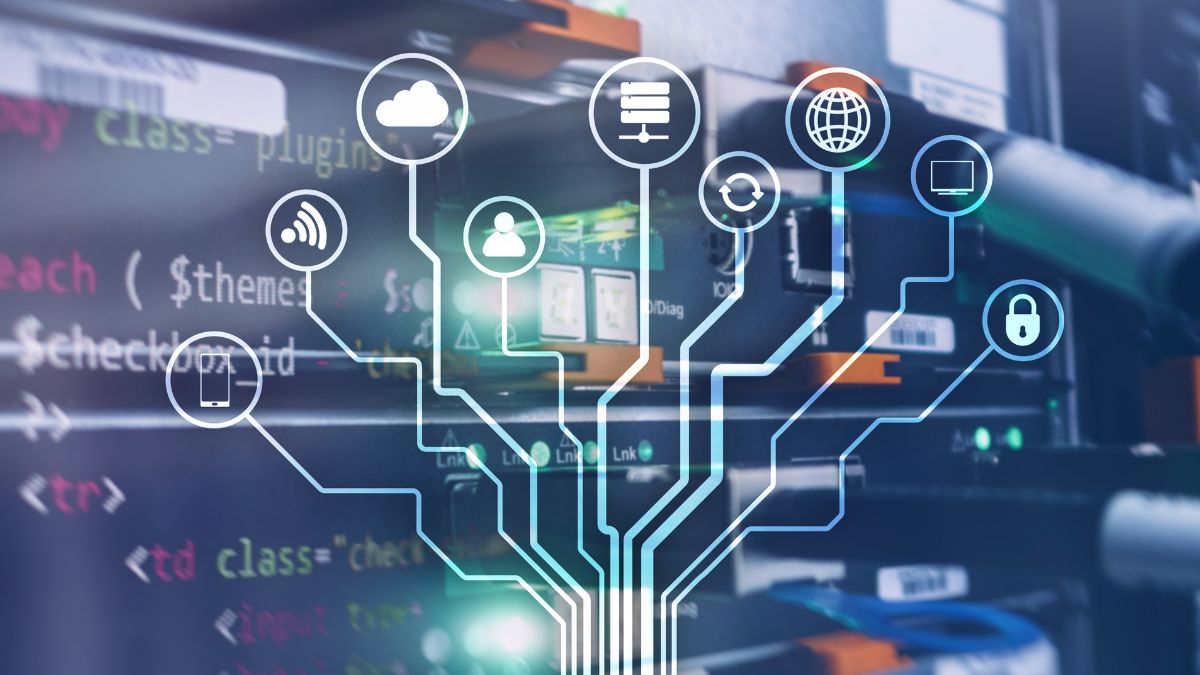Introduction
Telecommunications
The telecommunications landscape is undergoing a revolutionary transformation with the advent of 5G technology. As the fifth generation of mobile network technology, 5G promises to redefine connectivity, enabling faster speeds, lower latency, and greater capacity than its predecessors. This technological leap is not just about enhancing mobile communications; it is poised to impact a wide array of industries, reshape everyday life, and drive innovation in ways previously unimaginable.

Enhanced Speed and Bandwidth
One of the most significant advantages Telecommunications of 5G technology is its unparalleled speed and bandwidth. Compared to 4G LTE, 5G offers speeds that can be up to 100 times faster. This increase in speed facilitates quicker data transfer, allowing users to download large files almost instantaneously and stream high-definition content with minimal buffering. For businesses, this means enhanced productivity, as tasks that once took minutes or hours can be completed in seconds.
Moreover, 5G’s greater bandwidth allows for a higher density of connected devices. This capability is crucial in the era of the Internet of Things (IoT), where a multitude of devices—from smart home appliances to industrial sensors—needs to be connected simultaneously. The increased bandwidth ensures that these devices can communicate effectively without causing network congestion. Telecommunications
Ultra-Low Latency
Latency, the time it takes for data to travel from its source to its destination, is a critical factor in many applications. Telecommunications 5G technology dramatically reduces latency to as low as 1 millisecond, compared to the 30-50 milliseconds typical of 4G networks. This reduction is crucial for applications requiring real-time interactions, such as virtual reality (VR) and augmented reality (AR).
For instance, in the gaming industry, ultra-low latency means a more immersive and responsive gaming experience. Similarly, in the realm of autonomous vehicles, minimal latency is essential for real-time decision-making and safety. The ability of 5G to support these low-latency applications opens up new possibilities for innovation and user experiences.

Revolutionizing Industry Sectors
Healthcare
5G has the potential to revolutionize healthcare by enabling telemedicine and remote surgery. High-speed, low-latency connections allow for high-definition video consultations between patients and healthcare providers, making healthcare more accessible to remote and underserved areas. Additionally, 5G can facilitate real-time monitoring of patients through wearable devices, enabling proactive management of chronic conditions.
Remote surgery is another area where Telecommunications 5G can make a significant impact. Surgeons can perform procedures from a distance using robotic systems controlled in real-time, which could be especially beneficial in emergencies or for patients in isolated locations.
Manufacturing
In the manufacturing sector, 5G is set to enhance automation and efficiency. With its ability to support a vast number of connected devices, 5G will enable smart factories where machines, robots, and sensors communicate seamlessly. This interconnectedness allows for real-time monitoring and control of production processes, leading to increased productivity and reduced downtime.
Additionally, augmented reality (AR) and virtual reality (VR) applications, supported by 5G, can improve training and maintenance processes. For example, AR can provide technicians with real-time, hands-free guidance during equipment repairs, reducing the time required for maintenance and minimizing errors. Telecommunications

Transportation and Logistics
The transportation and logistics sectors stand to benefit greatly from 5G technology. Autonomous vehicles, which rely on real-time data exchange and communication, will become more viable and effective with 5G’s low latency. Vehicles can communicate with each other and with traffic infrastructure to optimize routes, reduce accidents, and improve overall traffic flow. Telecommunications
In logistics, 5G can enhance tracking and management of shipments. IoT devices connected through 5G networks can provide real-time updates on the location and condition of goods, improving supply chain efficiency and reducing the risk of loss or damage.
The Rise of Smart Cities
5G technology is a cornerstone of the smart city concept. Smart cities leverage advanced technologies to enhance the quality of life for their residents, improve public services, and promote sustainability. With 5G, cities can deploy a wide array of smart solutions, including intelligent traffic management systems, smart lighting, and efficient waste management.
For example, smart traffic lights can adjust their timings based on real-time traffic conditions, reducing congestion and improving commute times. Smart waste bins equipped with sensors can notify waste management services when they are full, optimizing collection routes and reducing operational costs.
Challenges and Considerations
While the potential benefits of 5G are substantial, there are several challenges and considerations that need to be addressed. One major challenge is the infrastructure required to support 5G networks. The deployment of 5G involves installing a higher density of small cell sites compared to previous generations, which can be costly and logistically complex.
Additionally, there are concerns about the security of 5G networks. As with any new technology, 5G introduces new vulnerabilities that need to be addressed to protect sensitive data and ensure network integrity. Robust security measures and protocols will be essential to mitigate these risks.
Another consideration is the potential impact on health and the environment. While scientific consensus indicates that 5G is safe, ongoing research is necessary to monitor and assess any potential long-term effects of increased radiofrequency exposure.
Conclusion
The future of telecommunications in a 5G world is both exciting and transformative. With its enhanced speed, ultra-low latency, and capacity for massive connectivity, 5G is set to revolutionize various industries, from healthcare and manufacturing to transportation and smart cities. As we move forward, addressing the challenges and considerations associated with 5G will be crucial to realizing its full potential and ensuring that its benefits are widely and equitably distributed. The next generation of connectivity is not just about faster internet; it’s about creating new opportunities, driving innovation, and shaping the future of our interconnected world.

